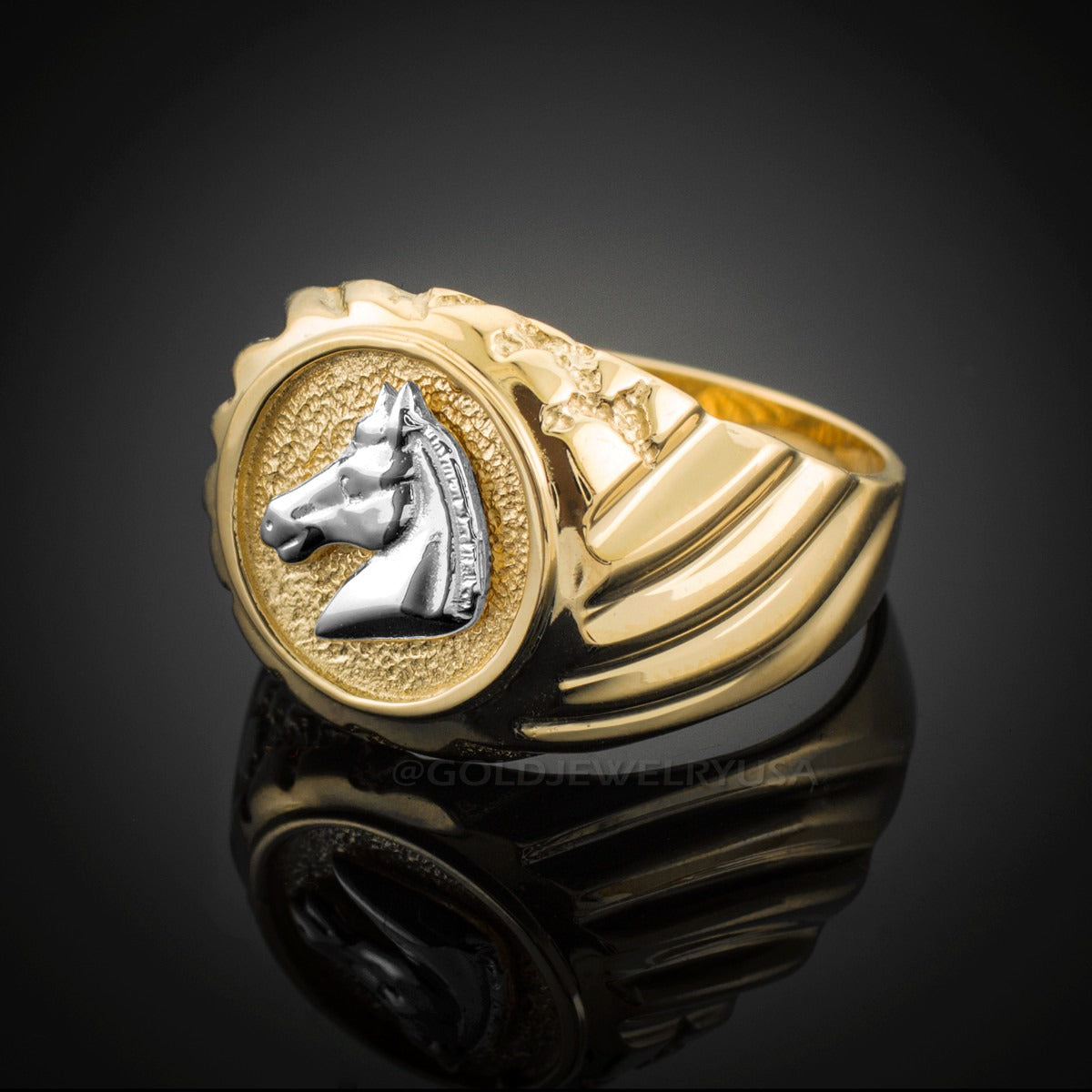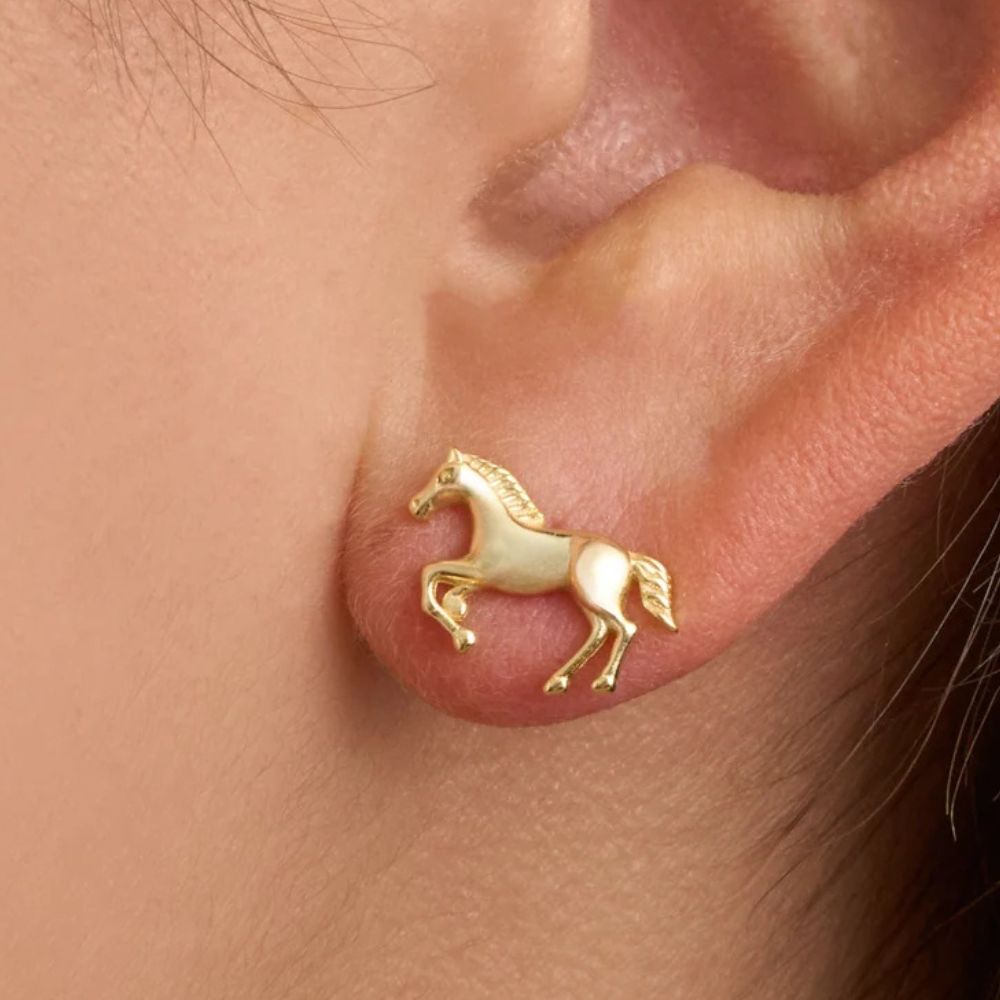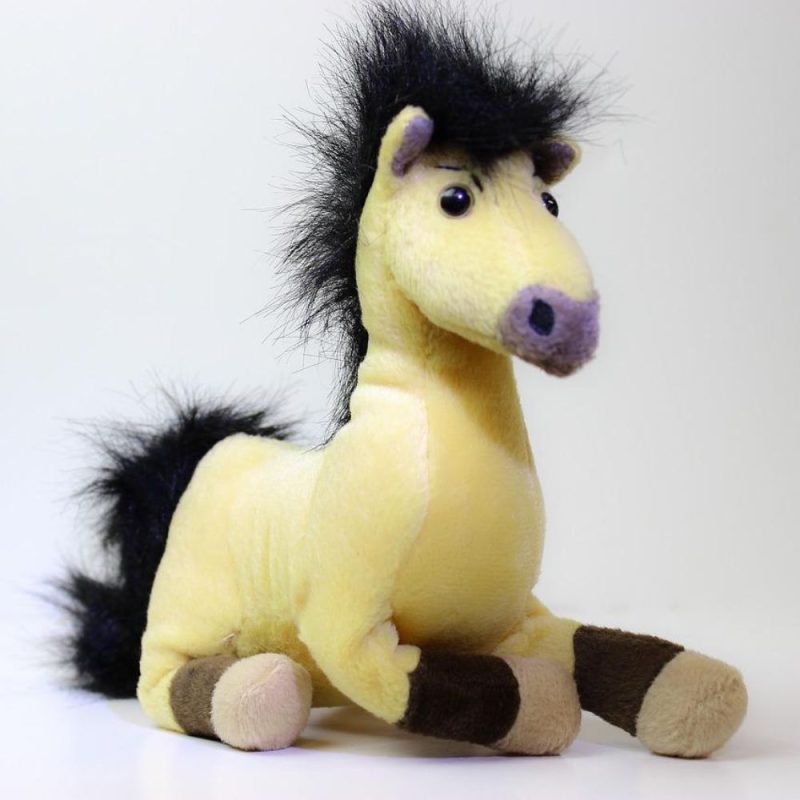
How Much Does a Race Horse Weigh? The Surprising Truth
The thunder of hooves echoes across the track as a sleek racehorse streaks past, muscles rippling under a gleaming coat. To the untrained eye, these equine athletes might seem like pure power wrapped in elegance—but how much do they actually weigh? If you’ve ever wondered about the heft behind their speed, you’re not alone. While racehorses may look lean, their weight is a finely tuned balance of strength and agility, shaped by genetics, training, and even psychology. Let’s dive into the surprising truth.
How Much Does a Race Horse Weigh? The Straight Answer
Most racehorses weigh between **900 and 1,200 pounds** (408–544 kg), though exceptions exist at both ends of the scale. Thoroughbreds, the stars of flat racing, typically land in the middle at **1,000–1,100 pounds**, while leaner sprinters might clock in lighter. Draft-derived breeds like Standardbreds, used in harness racing, can push 1,200 pounds. But here’s the twist: weight isn’t just a number. It’s a dance between bone density, muscle mass, and even the horse’s mental state. A nervous horse might drop pounds overnight, while a well-conditioned athlete packs dense, powerful muscle without bulk.
Factors like age, sex, and discipline play huge roles. A two-year-old debutant could weigh 200 pounds less than an older competitor, and fillies are often lighter than colts. Then there’s jockey strategy—racing authorities assign weight allowances to level the field, adding or subtracting pounds via saddles. So while the scale matters, it’s never the full story. 🏇
The Anatomy of a Racehorse’s Weight
Ever seen a racehorse up close? Their bodies are marvels of biological engineering. Unlike draft horses, which carry sheer mass for pulling, racers are built for explosive speed and endurance.
Muscle vs. Fat: The Performance Equation
Racehorses carry remarkably little fat—often just **3–5% body fat**, compared to 10–15% in leisure horses. Every ounce is strategic: dense hindquarter muscles drive propulsion, while a lean torso minimizes drag. But too little fat risks injury or burnout. Trainers walk a tightrope, balancing nutrition and workload to keep horses at their **optimal racing weight**.
Bone Structure and Weight Distribution
Thoroughbreds have lighter bones than their ancestors, a trait honed over centuries. Their cannon bones (the "feet" of their legs) are slender yet incredibly strong, shaving off unnecessary pounds. But this elegance comes with fragility—stress fractures are a constant concern, making weight management critical.
How Breed Affects a Racehorse’s Weight
Not all racehorses are created equal. Breed dictates baseline size, but selective breeding has fine-tuned variations:
- Thoroughbreds: The Ferraris of the track, averaging **1,000–1,100 lbs**.
- Quarter Horses: Compact and muscular, often **950–1,200 lbs** for short sprints.
- Standardbreds: Bulkier at **1,000–1,300 lbs**, built for harness racing’s endurance.
- Arabians: Lighter-framed at **800–1,000 lbs**, excelling in long-distance.
Fun fact: The tallest racehorse ever, Man o’ War, stood 16.2 hands and weighed **1,125 pounds**—proof that size alone doesn’t guarantee speed.
Training and Diet: The Invisible Scale
Weight fluctuates with training cycles. Pre-race, horses might undergo **"weight cuts"**—not unlike athletes—by adjusting electrolytes and forage. A high-protein diet builds lean muscle, while carbohydrates fuel intense workouts. But missteps can backfire: underfed horses lose power, while overfed ones risk lethargy.
Hydration is another wild card. A horse can drink **10–12 gallons daily**, adding temporary water weight. Some trainers track “dry” vs. “hydrated” weights to fine-tune performance.
The Jockey’s Role: Adding or Shedding Pounds
Jockeys aren’t just riders—they’re weight managers. Racing commissions assign impost weights (extra saddle weights) to equalize competition. A typical jockey weighs **110–120 pounds**, but with tack and impost, their effective load can hit **130+ pounds**. Too much? The horse slows. Too little? They lose tactical advantages. It’s a high-stakes math problem.
When the Scale Lies: Weight Myths Debunked
Myth: Heavier horses are always stronger. Truth: Excess weight strains tendons and reduces stamina. Myth: Lighter equals faster. Truth: Without muscle, acceleration suffers. The sweet spot? **Enough mass to power strides, not enough to drag**.
Consider Secretariat, who weighed **1,175 pounds**—above average—yet set records. His secret? A freakishly large heart (literally, it weighed 22 pounds) and flawless conformation.
The Heartbeat of the Matter
Beyond numbers, a racehorse’s weight tells a story of heritage, discipline, and partnership. Every pound represents generations of breeding, months of predawn workouts, and a jockey’s trust in their mount. The next time you watch a race, remember: it’s not just about how much they carry, but how they carry it. After all, greatness isn’t measured in pounds—it’s measured in strides. 🐎💨





















